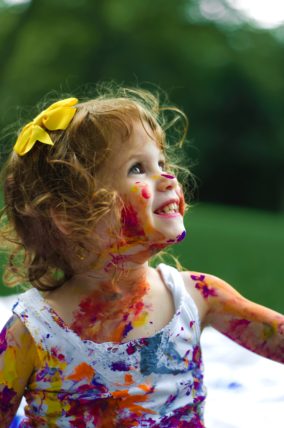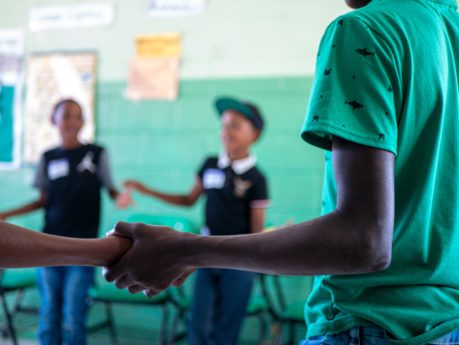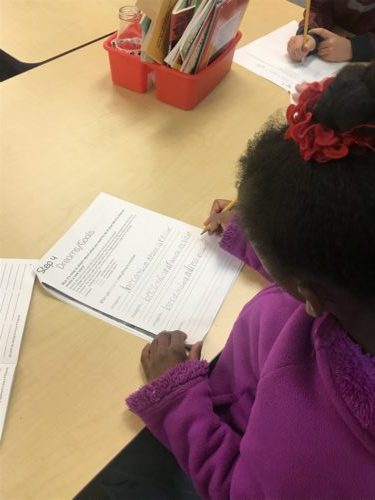
Using Mindfulness during Stressful Times
Stress is running high right now. Everyone is feeling it, whether it’s a change in our everyday routines, being worried about a loved one, or

Stress is running high right now. Everyone is feeling it, whether it’s a change in our everyday routines, being worried about a loved one, or

Stress is everywhere. You can almost feel it in the air. Our community, our state, our country, and the world are facing a difficult time—a

Numerous studies have been conducted that reveal just how much stress today’s kids are under. Sadly, we see it every day revealed in bullying, anxiety,

Every parent wants the best for their children. We work hard at making sure they eat right, do well in school, get enough sleep, etc.

The spirit of giving is all around us this time of year. Giving is the essence of life—taking care of our loved ones, friends, even

Step 7 of The Imagine Project writing activity is a 30-day Gratitude challenge. We ask students to write down 3 things they are grateful for

Are you looking for tools to help kids/students with stress and trauma? Unfortunately, stress and trauma are common issues kids and teens must deal with

Ugh, yet another school shooting. Our hearts are all breaking once again. When will it ever end? What are the solutions? How can we help?

When teachers, counselors, admin, etc. use new curriculum/ideas in their school and classrooms, they like to know what they are using is backed by credible

A very important question all parents, teachers, counselors, youth leaders, etc. must always be asking is, “How do we teach our kids to be resilient?”




Join our community to get the latest tips, exclusive offers, and updates straight to your inbox. Don’t miss out—subscribe now and be the first to know!